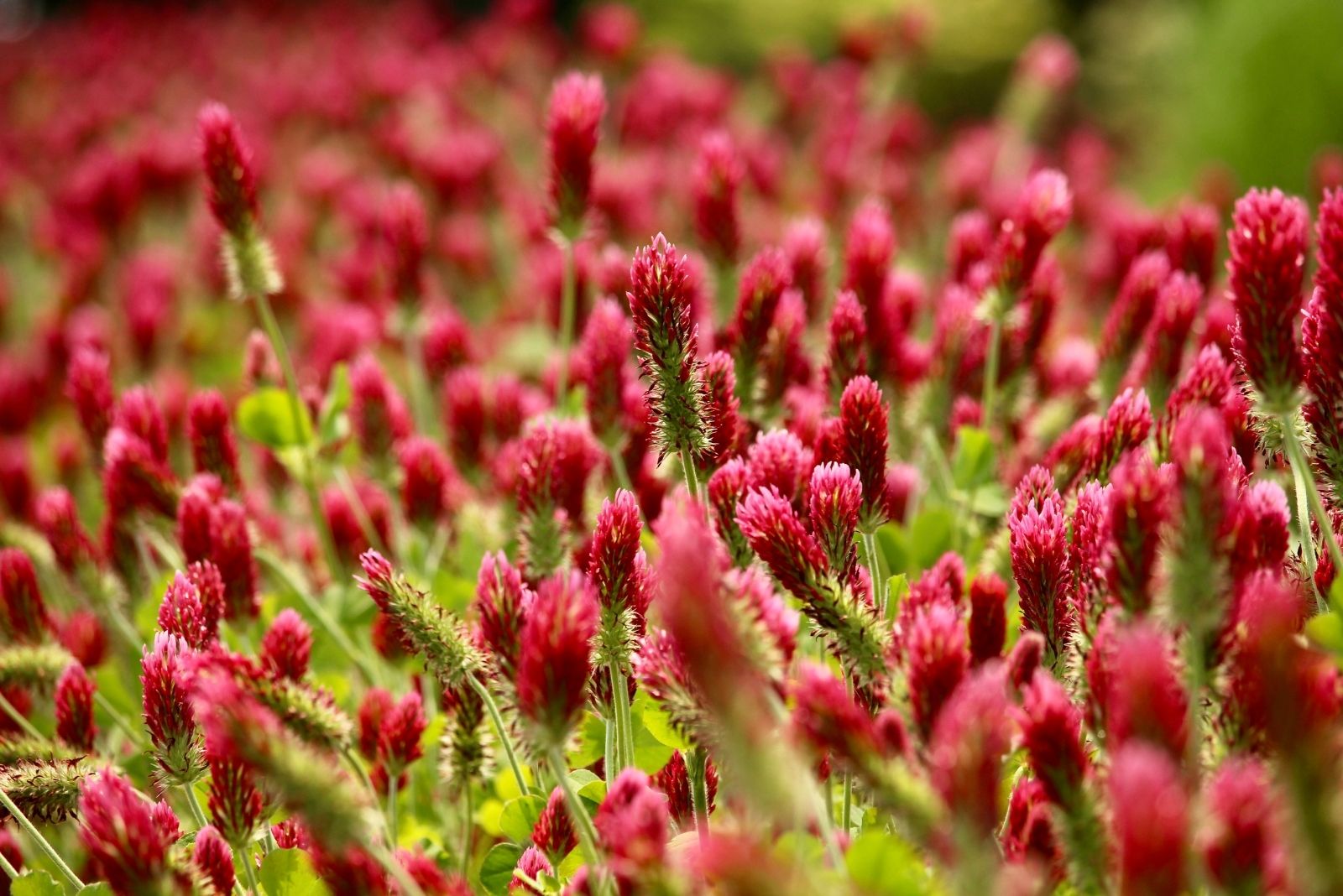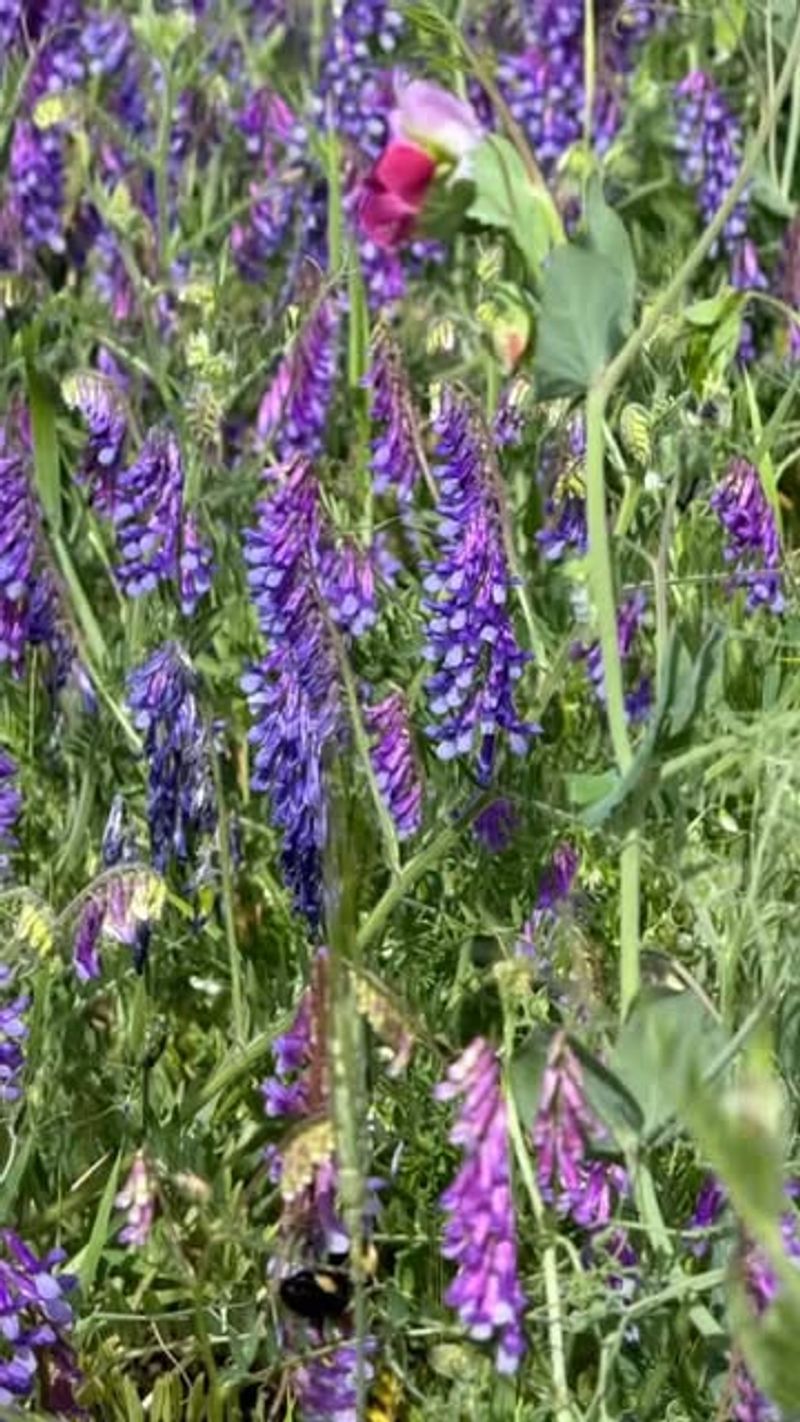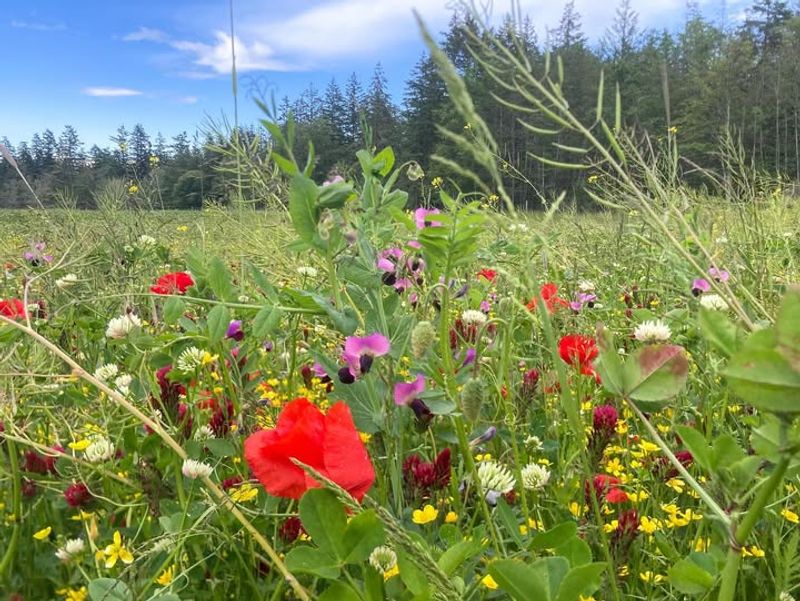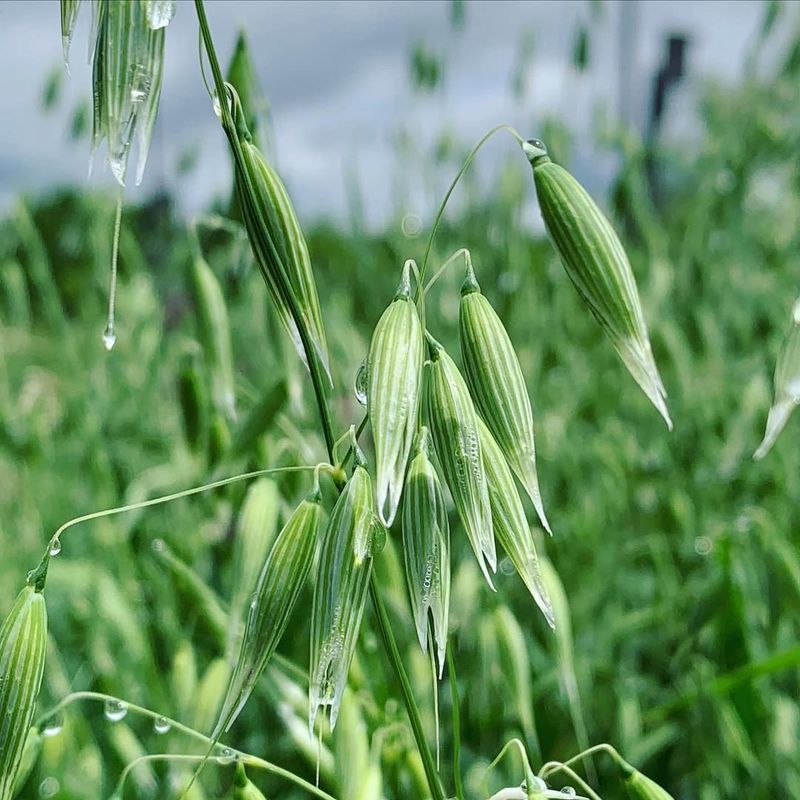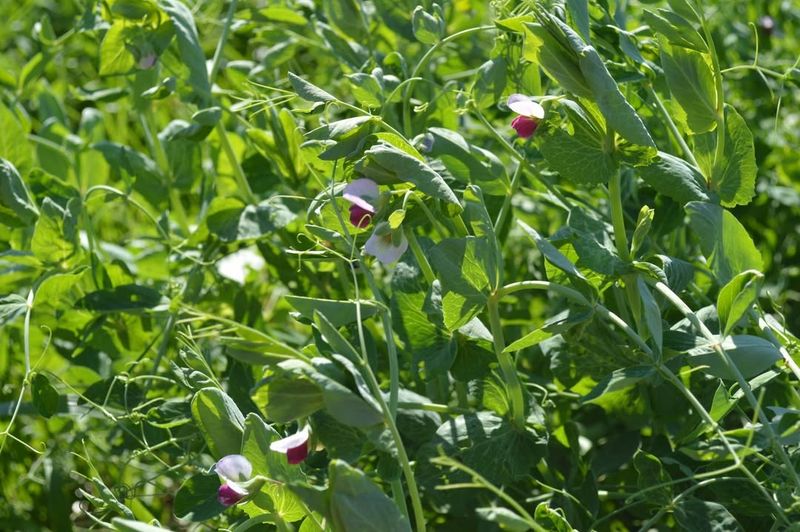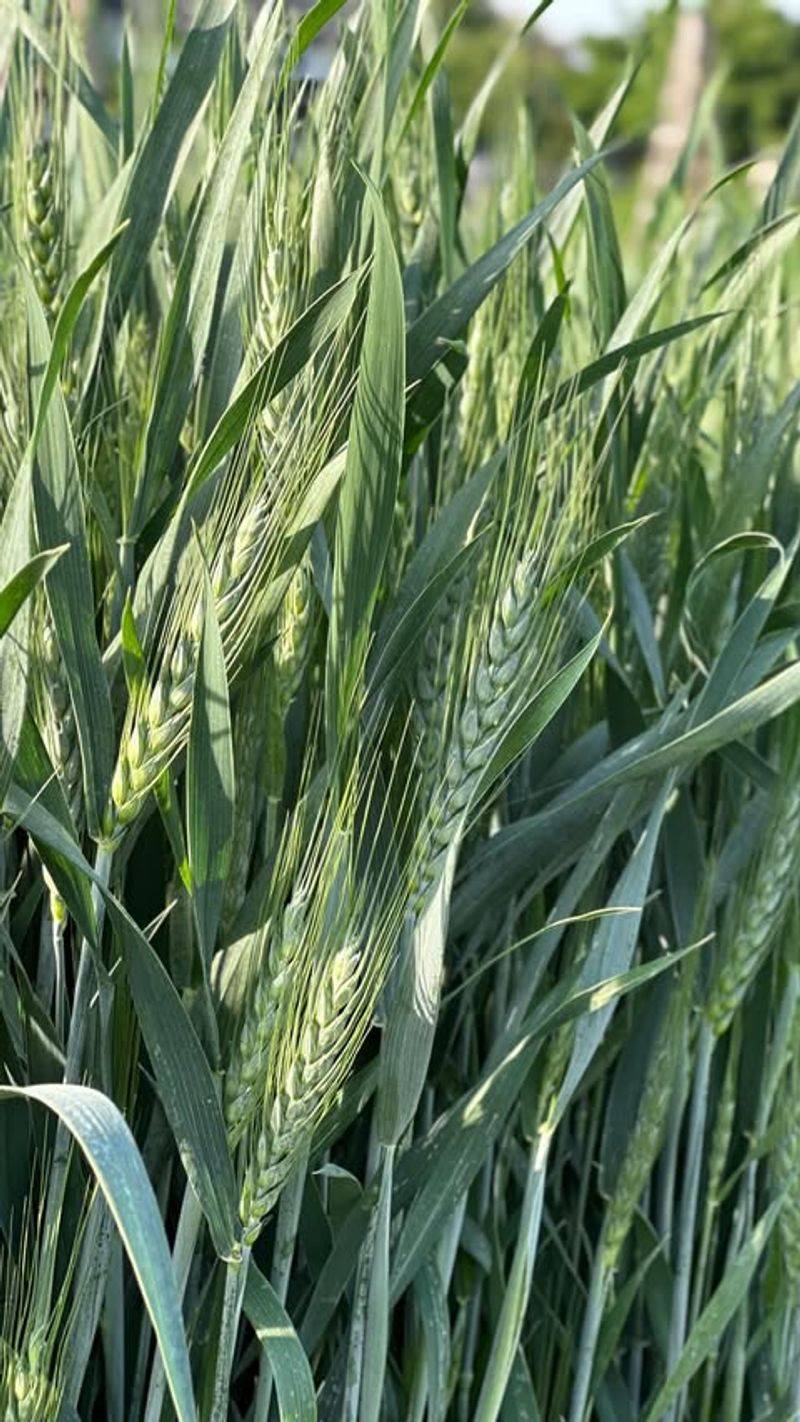Kansas winters can be tough on garden soil, but planting cover crops during the cold months is like giving your garden a vitamin boost. Cover crops protect the earth from erosion, add nutrients back into the ground, and help improve soil structure for spring planting.
Whether you’re a seasoned gardener or just starting out, choosing the right winter cover crops can make a huge difference in your harvest next year.
1. Winter Rye
Winter rye stands tall as one of the hardiest cover crops you can plant in Kansas gardens. Its deep roots break up compacted soil and prevent erosion during harsh winter winds and rains.
Planting between September and November gives this grain plenty of time to establish before temperatures really drop. Come spring, you can easily till it under to add organic matter that feeds beneficial microbes.
Farmers have trusted rye for centuries because it thrives in poor soil conditions where other crops struggle.
2. Hairy Vetch
Hairy vetch works like a natural fertilizer factory right in your garden bed. This legume pulls nitrogen from the air and stores it in root nodules, enriching your soil without expensive chemicals.
Plant it in early fall, and watch as the vines spread across your garden like a protective blanket. The purple flowers that bloom in spring attract pollinators while continuing to build soil health.
Gardeners love how easy it is to incorporate into the soil before planting summer vegetables.
3. Crimson Clover
Crimson clover brings a splash of color to winter gardens while doing important underground work. Those stunning red blooms in late spring aren’t just pretty—they signal that nitrogen is being fixed and soil is getting healthier.
Seeding in September or early October allows roots to establish before winter freezes arrive. The plant tolerates Kansas temperature swings better than many other clovers.
Bees absolutely adore crimson clover, making your garden a pollinator paradise when warm weather returns.
4. Austrian Winter Peas
Austrian winter peas might sound fancy, but they’re actually a practical choice for Kansas gardeners seeking nitrogen-rich soil amendments. These climbing plants create thick ground cover that smothers weeds before they become spring problems.
Sow seeds in late September through October for best results in Kansas climate zones. The vines die back naturally with hard freezes, leaving behind valuable organic matter.
Mixing them with winter rye creates an even stronger cover crop combination that tackles multiple soil needs at once.
5. Oats
Oats provide quick establishment and impressive biomass production before Kansas winter kills them off naturally. Unlike some cover crops, oats die completely in hard freezes, eliminating the need for spring termination work.
Plant them six to eight weeks before your first expected frost date for maximum growth. The extensive root system loosens compacted layers while adding organic matter as plants decompose.
Budget-conscious gardeners appreciate that oat seed costs less than many other cover crop options available at farm stores.
6. Field Peas
Field peas work overtime fixing nitrogen while creating a living mulch that protects Kansas soil from winter weather damage. Their rapid growth rate means you’ll see results quickly after planting in early fall.
These legumes handle light frosts well but typically winterkill in Kansas, making spring garden preparation easier. The decomposing plant material feeds earthworms and beneficial bacteria that improve soil structure.
Combining field peas with cereal grains creates a balanced cover crop cocktail many experienced gardeners swear by.
7. Wheat
Wheat has protected Kansas soil for generations, making it a time-tested choice for home gardeners wanting proven results. Plant it in September or October, and the crop establishes strong roots before winter dormancy sets in.
Come spring, wheat resumes growth and can be tilled under before flowering to add valuable organic material. The grain creates dense ground cover that outcompetes early weeds trying to invade your garden space.
Many gardeners appreciate wheat’s dual purpose—you can harvest grain or simply use it for soil improvement.

